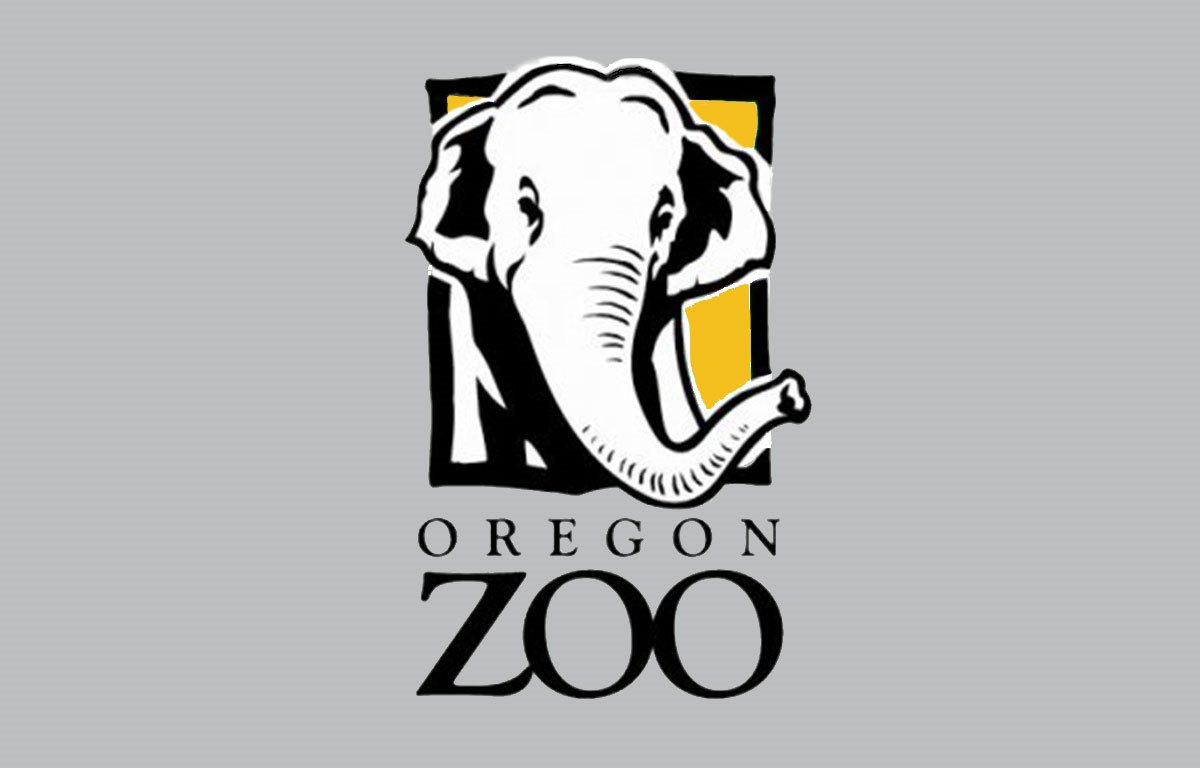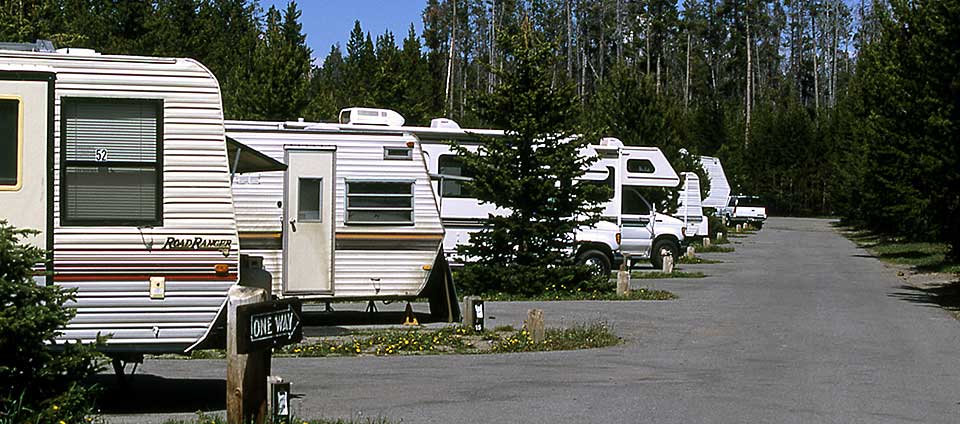(My theme is places I have visited or lived)
My parents were, and are, wonderful parents. I was fortunate and blessed to come from a good, solid, loving, disciplinarian, and Christian home. They were very conscientious about making sure we kids could enjoy many things such as zoos. They took us to a number of zoos when we were growing up. Of course, I have continued that habit and even as an adult still love to go to a zoo.
I have had the good fortunate of visiting the following zoos:
Pittsburgh
Zoo and PPG Aquarium, Pittsburgh, PA
The Pittsburgh Zoo is one of only six major zoo and aquarium combinations
in the United States. It is located in Pittsburgh, Pennsylvania's Highland Park.
 The zoo sits on 77 acres of park land where
it exhibits more than 4,000 animals representing 475 species, including 20
threatened or endangered species.
The zoo sits on 77 acres of park land where
it exhibits more than 4,000 animals representing 475 species, including 20
threatened or endangered species.
Woodland
Park Zoo, Seattle, WA
Woodland Park Zoo is a zoological
garden located in the Phinney Ridge neighborhood
of Seattle, Washington.
Occupying the western half of Woodland Park, the zoo began as a
small menagerie on
the estate of Guy C. Phinney, a Canadian-born lumber
mill owner and real estate developer.
Six years after Phinney's death, on December 28, 1899,
Phinney's wife sold the 188-acre (76 ha) Woodland Park to the city for
$5,000 in cash and the assumption of a $95,000mortgage.
The sum was so large that the Seattle mayor (W. D. Wood) vetoed
the acquisition, only to be later overruled by the city council. In 1902, the Olmsted
Brothers firm of Boston was hired to design the city's
parks, including Woodland Park, and the next year the collection of the
private Leschi Park menagerie was moved to
Phinney Ridge.
As of the summer of 2010, the zoo includes 92 acres of
exhibits and public spaces. It is open to the public daily. Its
collection includes:
1,090 animal specimens
300 animal species
35 endangered and 5 threatened animal species
7,000 trees
1,000+ plant species
The Oregon
Zoo, Portland, OR
 The Oregon Zoo, formerly the Washington Park Zoo, is
a zoo in Portland,
the largest city in the U.S. state ofOregon. Located 2
miles southwest of Downtown
Portland, the zoo is inside Portland's Washington Park, and includes
the 2 ft 6 in narrow gauge Washington Park & Zoo Railway that
connects to the International Rose Test Garden inside
the park.
The Oregon Zoo, formerly the Washington Park Zoo, is
a zoo in Portland,
the largest city in the U.S. state ofOregon. Located 2
miles southwest of Downtown
Portland, the zoo is inside Portland's Washington Park, and includes
the 2 ft 6 in narrow gauge Washington Park & Zoo Railway that
connects to the International Rose Test Garden inside
the park.
Opened in 1888 after a private animal collector donated his animals
to the City of Portland, the 64-acre zoo is now owned by the
regional Metro government.
A member of the Association of Zoos and Aquariums,
it has species survival plans for twenty-one endangered/threatened species,
among which are successful breeding programs for endangered California
condors,Asian elephants, and in recent times, African
lions too. (The latter was under recommendation by the AZA).
The zoo also boasts an extensive plant collection throughout
its animal exhibits and specialized gardens. During the summer it is host
to a concert series, and in the winter produces Zoo Lights, a holiday light
show. The Oregon Zoo is Oregon's largest paid and arguably most popular
attraction, with more than 1.6 million visitors in 2008 to 2009
Oklahoma
City Zoo and Botanical Gardens, Oklahoma City, OK
The Oklahoma City Zoo and Botanical Garden is a zoo and
botanical garden located in Oklahoma City's Adventure District in northeast
Oklahoma City, Oklahoma. The zoo covers 119 acres and is home to more than
1,900 animals.
Lincoln Park Zoo, Chicago, IL
Lincoln Park Zoo is a free 35-acre zoo located in Lincoln
Park in Chicago, Illinois. The zoo was founded in 1868, making it one of the
oldest zoos in the U.S. It is also one of a few free admission zoos in the
United States
________________________________________________________________
Gregg Metcalf has served as the Teaching Pastor of
Surprise Valley Baptist Church (Cedarville, CA) and the Mirror Lake Baptist
Church (Federal Way, WA.) He graduated from Shasta Bible
College in 1989. He is currently a teaching elder of the North Kelso
Baptist Church of Kelso, WA. Gregg is married to Irene and the Lord has blessed
them with four daughters and four grandchildren, with two more on the way. Gregg invites your comments
and interaction concerning his posts and this blog! Gregg enjoys reading, boating, song-poem writing, and his family.


.jpg)